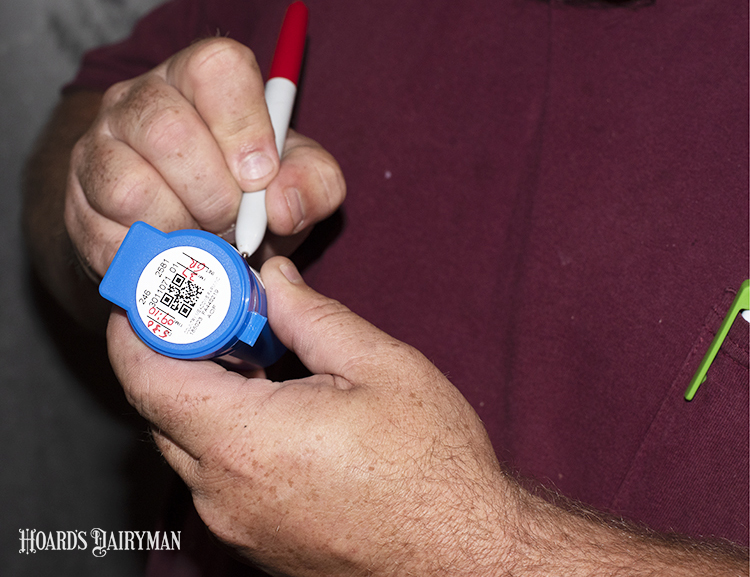
When it comes to mastitis, milk culturing can answer a very important question: “Are we dealing with contagious or environmental organisms?”
Mike Zurakowski, D.V.M., posed that question and discussed the role milk culturing can play in mastitis identification and treatment during the October Hoard’s Dairyman webinar. Zurakowski is a senior extension veterinarian with the Cornell Quality Milk Production Services.
The two main categories of mastitis causing pathogens are contagious and environmental. Zurakowski explained that for contagious pathogens, the udder is the main source. Once the pathogen is in an animal, it can be transmitted to other animals through the milking machine or milkers’ hands.
“These pathogens are transmitted mostly during milking,” he said. “When dealing with contagious pathogens, the most important thing is to identify which animals have them and which animals do not so we can protect those animals that do not.”
This can be done by segregating infected animals, milking them last, or perhaps milking them with a separate milking unit. Zurakowski said some cows with contagious mastitis can be treated, but for others, the best scenario is to cull them.
As their name suggests, environmental mastitis pathogens are found in the environment, and a dairy barn has all the components – nutrition, warmth, moisture, and a pH between 6.8 and 7.2 – that bacteria need to survive.
Zurakowski said this kind of mastitis can be picked up during milking or after. Milk culturing can be used to identify the type of organism, find out where it is coming from, and find a solution to prevent them.
Risk factors causing infections include milking routines, milking equipment, the dairy barn environment, cow cleanliness, and teat-end condition. Routine maintenance, milker training, and cowside evaluations can help identify areas of improvement.
For some cows, treatment can wait
When it comes to treating mastitis, cultures can be used to determine the best path forward for each case. Zurakowski recommended that for mild or moderate cases (where the milk or milk and udder are abnormal but the cow is still acting normal), a farm should wait for culture results to return before making treatment decisions.
“Most cases (85%) are mild or moderate, and in waiting 24 to 48 hours for culture results, we don’t see much difference in outcome,” he said. For severe cases of mastitis, where the cow is clearly sick, he said to not wait and begin supportive care right away.
To hear more of Zurakowski’s recommendations, watch the webinar, titled “Mastitis management through milk cultures.” This webinar was sponsored by Ozolea.








